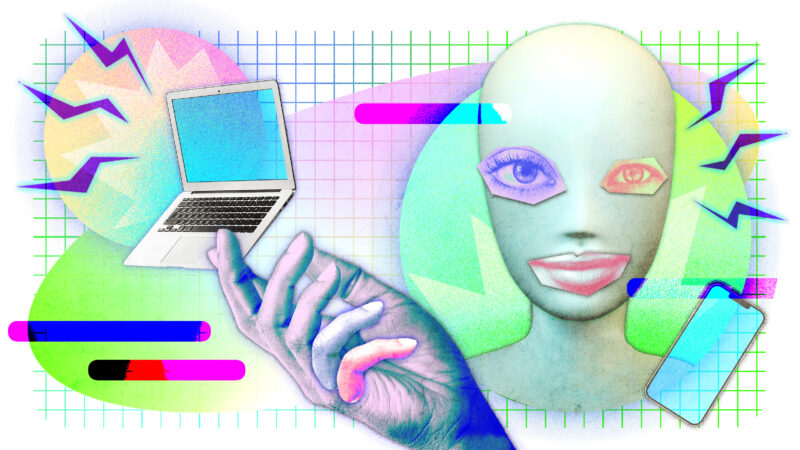In today’s digital age, the rise of AI technology has presented new challenges in detecting AI-generated individuals. As artificial intelligence becomes more sophisticated, it has become increasingly difficult to distinguish between real individuals and AI-generated personas.
However, there are certain best practices that can help in identifying AI-generated content. By implementing these strategies, organizations and individuals can better protect themselves from misinformation and fraudulent activities.
It is important to be vigilant and proactive in identifying AI-generated individuals to ensure the accuracy and integrity of online interactions.
1. Implementing robust identity verification processes

To effectively combat the rise of AI-generated individuals, businesses must prioritize the implementation of robust identity verification processes. By incorporating multi-factor authentication methods, such as biometric scanning, document verification, and token authentication, organizations can significantly reduce the risk of fraudulent activity by AI entities.
Additionally, setting up continuous monitoring systems and integrating machine learning algorithms can help in detecting any anomalies or unusual patterns in user behavior, further strengthening the security measures in place. These best practices not only enhance the overall security posture of the organization but also build trust and credibility with customers by ensuring their personal information remains secure and protected.
2. Incorporating AI-powered tools for fraud detection

Incorporating AI-powered tools for fraud detection is essential in today’s digital landscape, especially when dealing with the emergence of AI-generated individuals. By utilizing advanced algorithms and machine learning techniques, businesses can effectively detect fraudulent activities and distinguish between genuine and fake profiles.
These tools can analyze vast amounts of data in real-time, flagging suspicious behavior patterns and anomalies that may indicate fraudulent activity. By leveraging AI technology, organizations can stay one step ahead of cybercriminals and protect their systems and sensitive information from potential threats.
By implementing these cutting-edge solutions, businesses can enhance their fraud detection capabilities and safeguard their operations from malicious actors.
3. Conducting regular audits and monitoring for suspicious patterns

To effectively detect AI-generated individuals, it is essential to implement regular audits and monitoring for suspicious patterns. By continuously reviewing data and behavior, organizations can identify anomalies that may indicate the presence of artificial intelligence.
Specifically, monitoring for consistently uniform language and lack of variation in sentence structure can be key indicators that an individual may not be human. Additionally, conducting routine audits of user interactions and engagement can help uncover any discrepancies or unusual patterns that may signal AI involvement.
By staying vigilant and proactive in monitoring for irregularities, businesses can better protect themselves against deceptive AI-generated individuals and maintain trust with their audience.
Conclusion
In conclusion, implementing the three best practices outlined in this article – conducting thorough background checks, verifying personal details, and utilizing specialized tools for detecting AI-generated individuals – can greatly enhance the ability to identify and mitigate the risks posed by fake online personas. By remaining vigilant and adapting to emerging technologies, organizations and individuals can better protect themselves from potential scams and malicious activities.
It is essential to remember that in the digital age, the line between real and AI-generated individuals is becoming increasingly blurred, and the risk of falling victim to deceptive tactics is ever-present. Therefore, by adopting these best practices, we can strive towards a safer and more secure online environment for all.
Remember, this person does not exist – always be cautious and verify before trusting online profiles.


